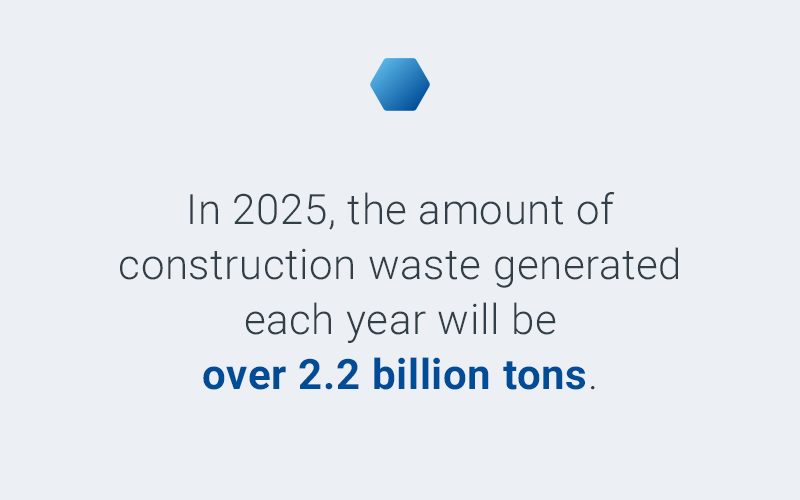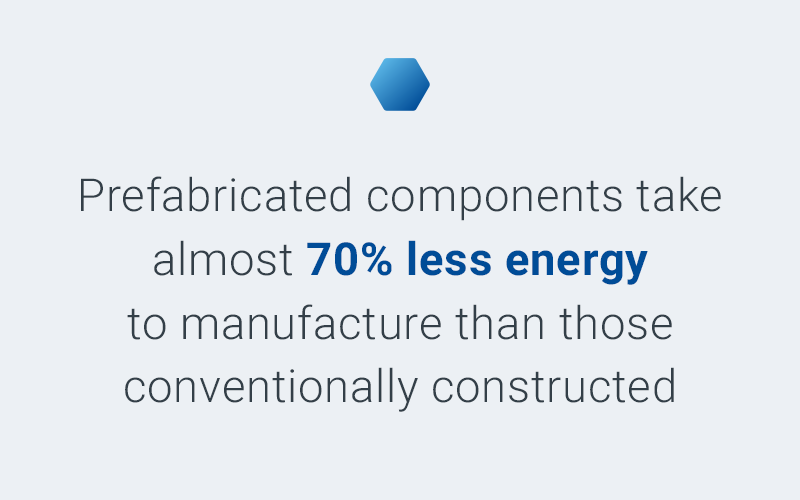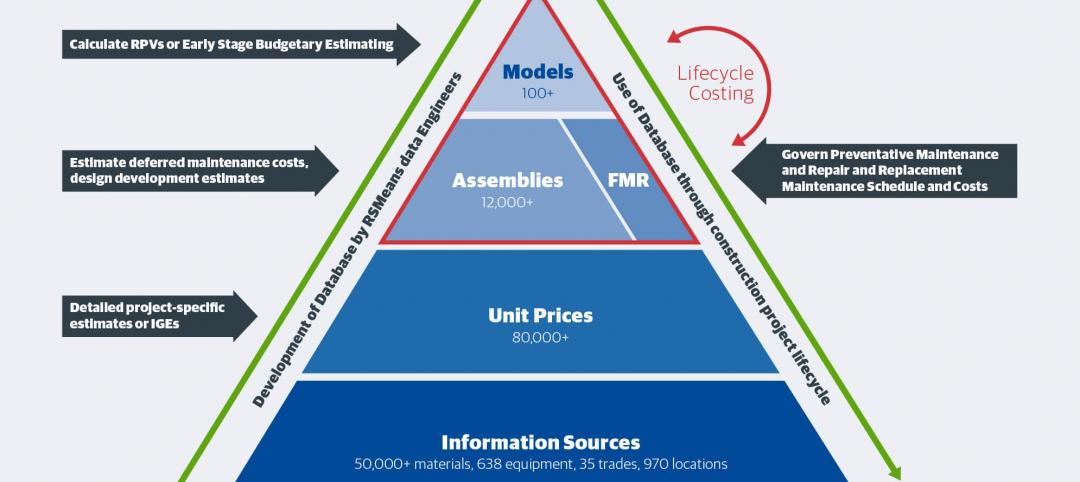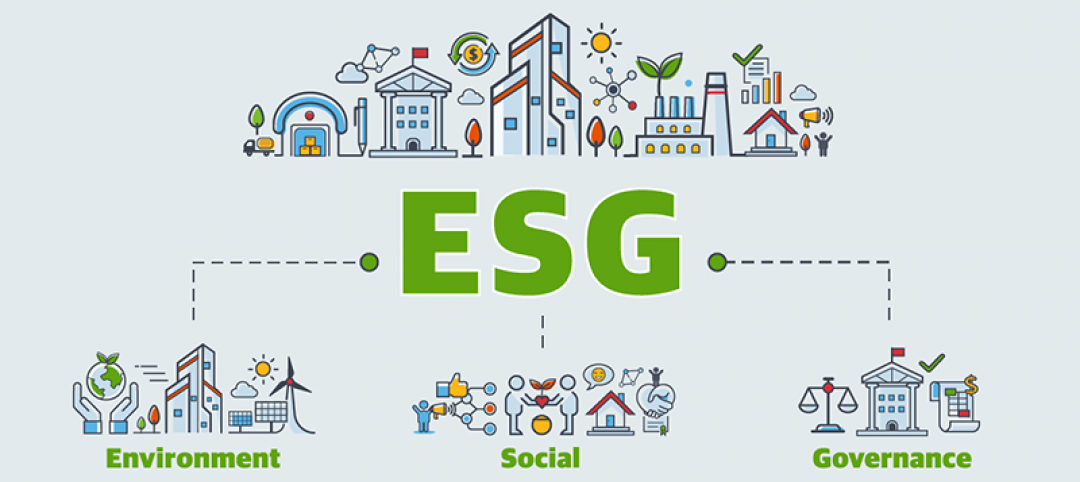In a previous blog post, I discussed the Design Lifecyle as having three primary stages: Pre-Building, Building and Post-Building. I spent considerable time in the Pre-Building phase focused on the sourcing and manufacture of sustainable construction materials. In this installment, we’ll segue into the Building stage and plumb the depths of sustainable construction techniques.
In his 2011 book “Waste,” Mohamed Osmani estimated that construction waste produced on a typical job site is as much as 30% of the total weight of the building materials delivered to the site. So for every 100 pounds of construction material brought to the site, 30 of it will be wasted. That means that by 2025, the amount of construction waste generated each year will be over 2.2 billion tons.
This creates enormous pressure to recycle, reuse and repurpose wherever possible. While it is verifiably important to source sustainably harvested and manufactured materials for your construction job, it is equally essential to prevent the waste of those materials once on the job site. There are several critical paths to consider.
Building Phase: Sustainable Construction Techniques
We’ve established the need for sustainable construction techniques, but being conscious of the need is not enough to make a difference. That requires action: a retooling of your job site practices and processes. Retooling workflows, however, falls under the classic easier-said-than-done umbrella. So here are eight questions to help you identify potential areas of sustainable gain in your job site processes:
- Minimal Construction Waste: Is there a way to reduce the need for landfill space and save costs?
- Locally Produced Building Materials: Can you shorten the transportation distance from manufacture to the job site, thereby reducing fuel costs and air pollution?
- Energy Efficiency: Can you reduce the amount of generated energy that must be brought to the building site through lighting systems or electrical/mechanical efficiencies?
- Water Treatment/Conservation: Can you reduce the amount of water used on a site, which reduces the amount of water that must be treated by municipal septic systems and potentially saves accompanying chemical and energy costs for water treatment?
- Non-Toxic or Less-Toxic Materials: Is there a way to use materials in the construction process that are less hazardous to construction workers and building occupants (i.e., materials that require less cleanup or treatment post-installation)?
- Alternative Materials: Can we reduce landfill needs and costs by using alternatives to traditional concrete, which contributes over 500 million tons to landfills every year worldwide? Are there opportunities to use greener materials that don’t require landfill space, like bamboo, recycled plastic, ferrock or even hempcrete?
- Renewable Energy Systems: Can you supplement or eliminate heating, cooling or electrical during the build through the use of alternatives, such as utilizing natural energy for heating/cooling/lighting or changing work hours to times that are warmer/cooler?
- Longer Life Materials: Can you build with materials that have a longer lifecycle and will need to be replaced less often? For instance, recycled plastic for a project will last more than 50 years, compared with 20 years for traditional structures from wood or concrete, which means more than double the amount of time before the waste and cost associated with replacement will have to be incurred.
That’s a checklist of eight things to consider that can help eliminate waste from the building process: Eight steps towards designing out construction waste and saving literal tons of space in landfills. But we can’t stop there.
A 2020 study titled Life Cycle Thinking for Sustainable Development noted that the United States is still one of the countries with the highest construction waste production. And in the U.S., 30% of construction and demolition wastes will ultimately be transported to landfills. So what else can the industry do to eliminate waste?

Here are two answers to that question: Stop manufacturing materials that aren’t needed and stop bringing stuff to the job site you’re not going to use! It’s as simple as that. If the industry could follow these two steps, it would greatly reduce the amount of waste resulting from construction projects each year.
A New Approach to Manufacturing
I’ve found it helpful to study manufacturers of perishable materials – things with limited shelf-lives, like concrete. These manufacturers don’t create and store a warehouse full of goods. Their product doesn’t allow that. They adhere to Just in Time (JIT) or LEAN production principles. They make what they need right before they need it and they don’t make more than what is needed. They produce only what the customer wants, when they want it and in the exact quantity requested.
If they make too much, too soon, it risks spoiling. Unless they can find someone else with an immediate need, they have to dump it and take the loss. Sometimes, if it takes too long to transport it from manufacture to the job site, it’s a loss. All of this represents waste and cost.
Interested in more sustainable construction content? Check out our blog post on sustainable construction materials, and be on the look-out for our upcoming eBook providing additional guidance on sustainable building construction.
This JIT/LEAN method eliminates waste by removing overproduction. Why don’t non-perishable material manufacturers do this where possible? Keep the storage of excess material and associated costs to a minimum. Free up on-site storage space for better overall utilization. And, have fewer materials (and material inventory costs) dumped at the end of a job. This method is also more efficient overall because waste is minimized in the production process.
Even with this approach, there’s still room to improve the on-site recycling of wastes created by the construction site. Several material brands offer rebates or recycling credits that encourage the return of construction waste to the manufacturer because they can recycle/reuse/repurpose that material more easily than the construction company.
Reducing Waste and Costs with Prefabricated Components
Don’t bring it to the job site if you’re not going to use it! In addition to saving a percentage of transportation and storage costs, there’s a lot of creative room for improvement here. My first thought was, “If you want a 91-inch 2×4, don’t order an 8-foot 2×4 and cut 5-inches off one end.” Now, you’re stuck with a five-inch piece of 2×4 that you can’t do anything with.
Even if the customer paid for the 2×4 in the first place, somebody had to ship it. Somebody had to measure it. Somebody had to cut it. Somebody had to do something with it. Somebody had to pick up that little 5-inch chunk off the ground and throw it into a rented dumpster. Somebody had to haul that dumpster full of stuff somewhere at the end of the job. All of that adds indirectly to both the bottom-line costs as well as an environmental cost. What if, instead, you used prefabricated components that are built to your technical specifications?
Prefabricated materials and methods are highly sustainable. Not only do they reduce waste, but prefabricated components take almost 70% less energy to manufacture than those conventionally constructed. By designing and building with prefabricated components, the burden of production process efficiency and waste minimization is on the material manufacturer.

With prefab components, process waste can be recycled or reused locally. You are never transporting waste from the manufacturer to the jobsite, so the cost of transporting the waste percentage of the raw material is eliminated. You are potentially able to ship more finished materials per truckload, thereby reducing the overall environmental impact. And you are not “editing” the material on the jobsite and creating waste locally. So the labor cost of cutting five-inches off the 2×4 is eliminated, nobody needs to clean up the mess and no scrap from that material is going to the landfill.
Back at the Office
My one self-serving addition to this list of construction and demolition waste mitigation strategies is to use more software. Using software helps reduce paper plans and files. How big of an impact is that? One large construction job can require over 35,000 pages of detailed scope and design documents!
According to Dartmouth College, one tree makes 16.67 reams of copy paper, which comes out to 8,333 sheets of paper per tree. Therefore, one large construction job requires 4.2 trees in paperwork alone before you even start counting any lumber used in the actual construction. Now think of how many projects you work on each year and the number of trees they are consuming just in paper. One software subscription could save them all.
More from Author
John Timmerman | Nov 11, 2021
5 Parameters for Choosing Green Construction Materials
Selecting the best green construction materials can be difficult. As you consider your options, examine each material along these five parameters.
John Timmerman | Oct 28, 2021
LEEDing on the Path to Sustainable Construction
Achieving sustainability begins with innovative designs that embed responsibility into every part of the building and construction lifecycle. See how it works.
John Timmerman | Oct 6, 2021
Using Cost Item Assemblies to Improve Estimating Accuracy
Cost item assemblies can make estimators' jobs easier by providing trusted components that are already vetted for scope completeness and price accuracy.
John Timmerman | Sep 17, 2021
The Benefits of Investing in ESG Sustainable Business Practices
Environmental, social and governance (ESG) practices are a hot topic in the corporate world. Here’s why you should prioritize them in your business.
John Timmerman | Aug 20, 2021
Measuring Sustainability: Determine Where You Stand and What to Do Next
Measuring sustainability operations is necessary to prove your sustainable facilities practices. To measure your success, there are two key factors you need.












